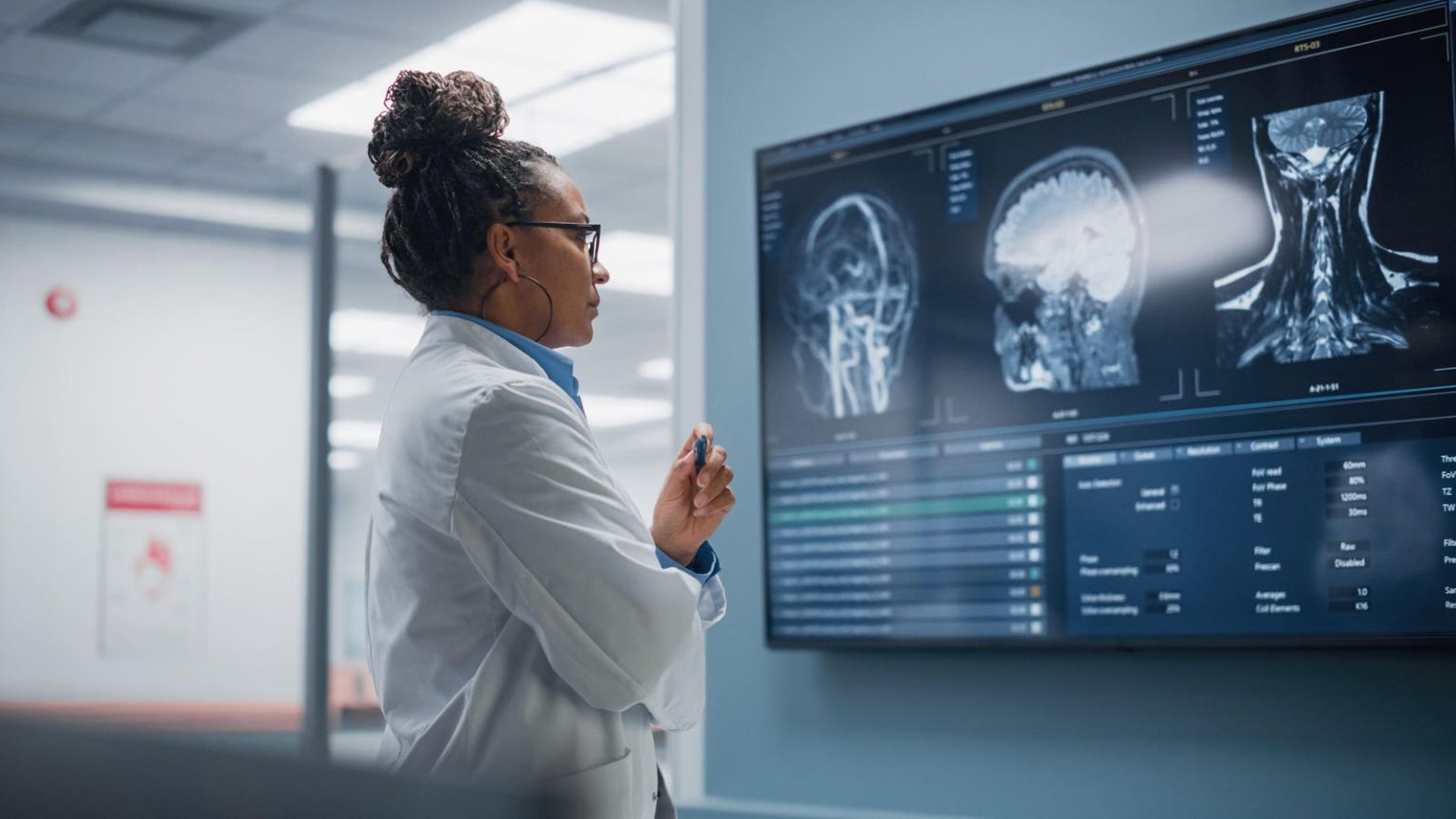One of the most important cogs of clinical medicine and the healthcare delivery apparatus is radiology. Recognizing this fact, Covera Health is boldly venturing to improve the future of this field by leveraging artificial intelligence and cutting edge technology. Today, the company announced $50 million in additional funding to continue this mission. The funding is led by Insight Partners, which has been a part of the Covera story for some time now, and has also invested in many other popular household staples, such as Calm and Udemy.
Additionally, Covera also announced today that it will acquire CoRead, an AI driven radiology quality assurance company that has seen rapid growth and success. CoRead’s quality system has been used by more than 2,000 hospitals in the United States and provides data driven methods to improve the accuracy and quality outcomes of radiology workflows.
With this fresh funding and acquisition in hand, Covera’s mission is bold: to use data driven insights to improve the field of radiology. To do so, the company’s platform enables providers with quality metrics on radiological studies and opportunities for optimizing reads. Ron Vianu, Founder and CEO of Covera Health, explains that the field of radiology is unique in that “it has had a difficult time building a way to measure quality, scale that quality, and truly measure the meaning of high impact care on patient outcomes and cost.” Hence, Vianu explains that one of his primary goals with Covera is to deliver a solution that is grounded in AI and data science that can capture errors and omissions to let physicians and organizations know how they can improve, where more value can be captured, and most importantly, improve patient outcomes.
Dr. Lawrence Ngo, M.D., PhD, who is CEO and Co-Founder of CoRead, thoughtfully explains that quality assurance is challenging to execute in clinical practice settings: “In medical residency, you get continuous feedback on how you can do better and where can you improve with your reads; however, as soon as you graduate, that feedback loop is gone.” He further explains that people may intuitively think that this problem can be solved by having a second radiologist validate every radiology study as a sort of “double-check”—but this is extremely impractical, especially given emerging staffing and cost challenges. This is where CoRead and Covera’s technologies come into play—“leveraging AI and data, we can now provide an opportunity for a peer review process and a ‘second read’ quality check— except at a much larger scale.”
There are many potential applications with this technology. One opportunity that both Vianu and Dr. Ngo discuss is using the technology to gather more robust insights from standard imaging. For example, if a patient gets a CT scan of their chest for an acute complaint in the emergency room, radiologists may typically only read that image in the context of ruling out any acute emergencies, pertinent to the patient’s specific visit and concern that day. However, Dr. Ngo explains that this same image/study, in the right context, may provide additional insights beyond the acute situation such as screening for other diseases (e.g., lung cancer) and thereby, provide a valuable look into the patient’s overall longitudinal health.
Indeed, the worlds of artificial intelligence and radiology are increasingly converging. Earlier this year, a study was published in Radiology showing that artificial intelligence systems were notably successful when predicting breast cancer risk. Another study published in the Journal of Clinical Oncology showed that a deep learning model predicted lung cancer risk with notable accuracy using low dose CT scans. Indeed, there are many more similar examples that repeatedly test the use of artificial intelligence as a realistic means of augmenting the practice of radiology.
Though the results have been generally mixed, the technology is nonetheless promising, issuing hope that perhaps in the next decade, AI can meaningfully augment the field in clinical settings. However, the technology does not come without its challenges. Most experts recognize that AI cannot truly replace a human radiologist’s clinical discernment and ability to take into consideration unique patient factors; rather, AI systems are expected to add a layer of verification or quality assessment to the physician’s own workflows, and ultimately, require a human in the loop. In this way, AI is very much still seen as a way to augment insight generation, data collection, and workflow management.
Regardless, Covera’s ambitions are bold, as it eagerly attempts to leverage this technology to make a notable difference in healthcare delivery. Undoubtedly, the company may also face challenges in this mission; for one, the entire landscape of AI and technology, especially with regards to radiology, is quickly evolving— meaning that the company will have to remain nimble with its own offerings. Additionally, achieving meaningful quality improvement is not for the fainthearted, as there are so many barriers in the realm of healthcare. However, to Vianu and Dr. Ngo’s point, solely increasing the workforce as a means to enable quality-checks may not be a feasible proposition, especially given the growing shortage of radiologists in the face of an aging population with increasing needs for imaging. Thus, if this technology is developed thoughtfully and scaled appropriately, it may truly be able to add value and help improve patient outcomes in the years to come.
Read the full article here





